Intro to UX/UI for AR
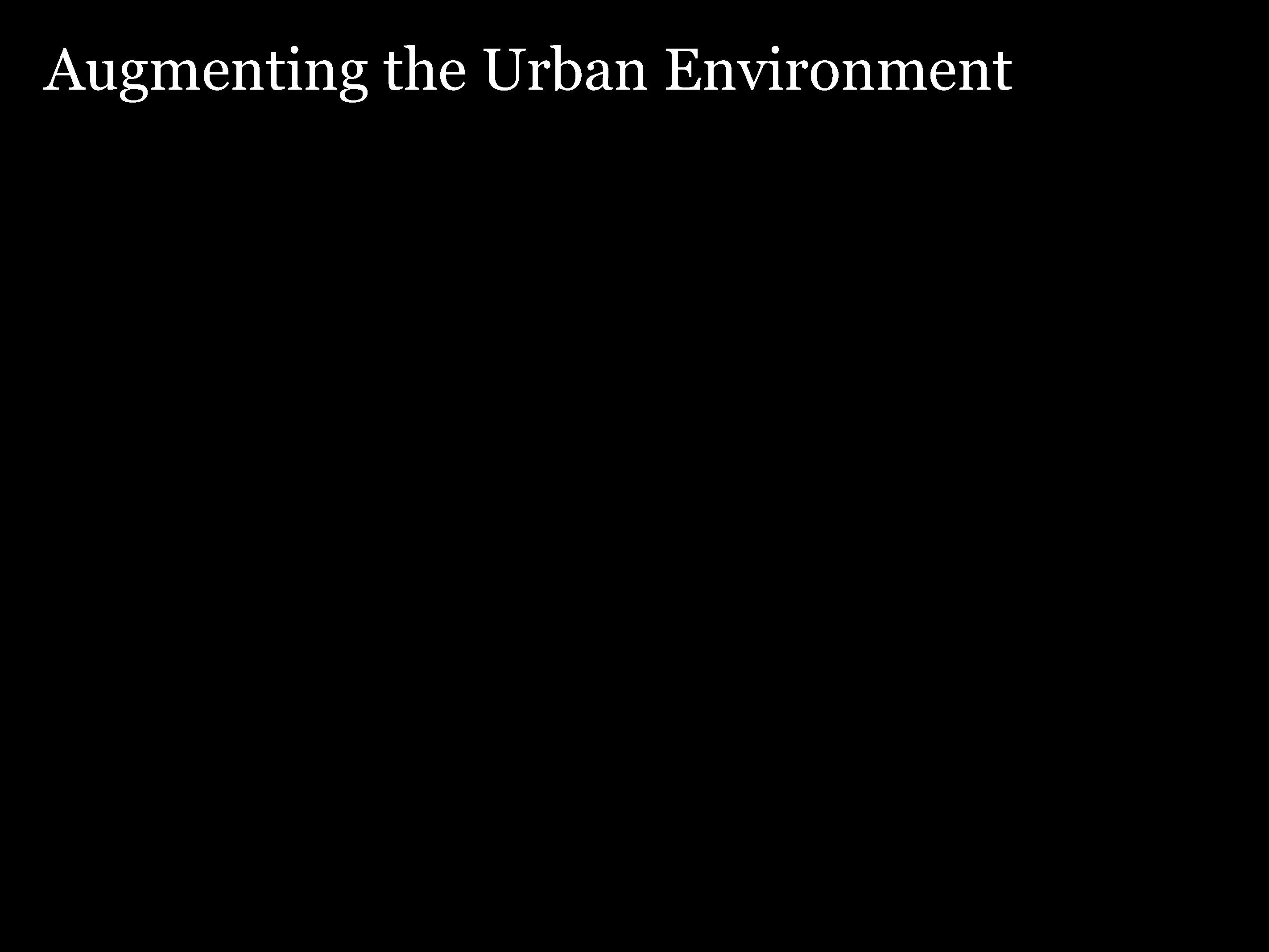
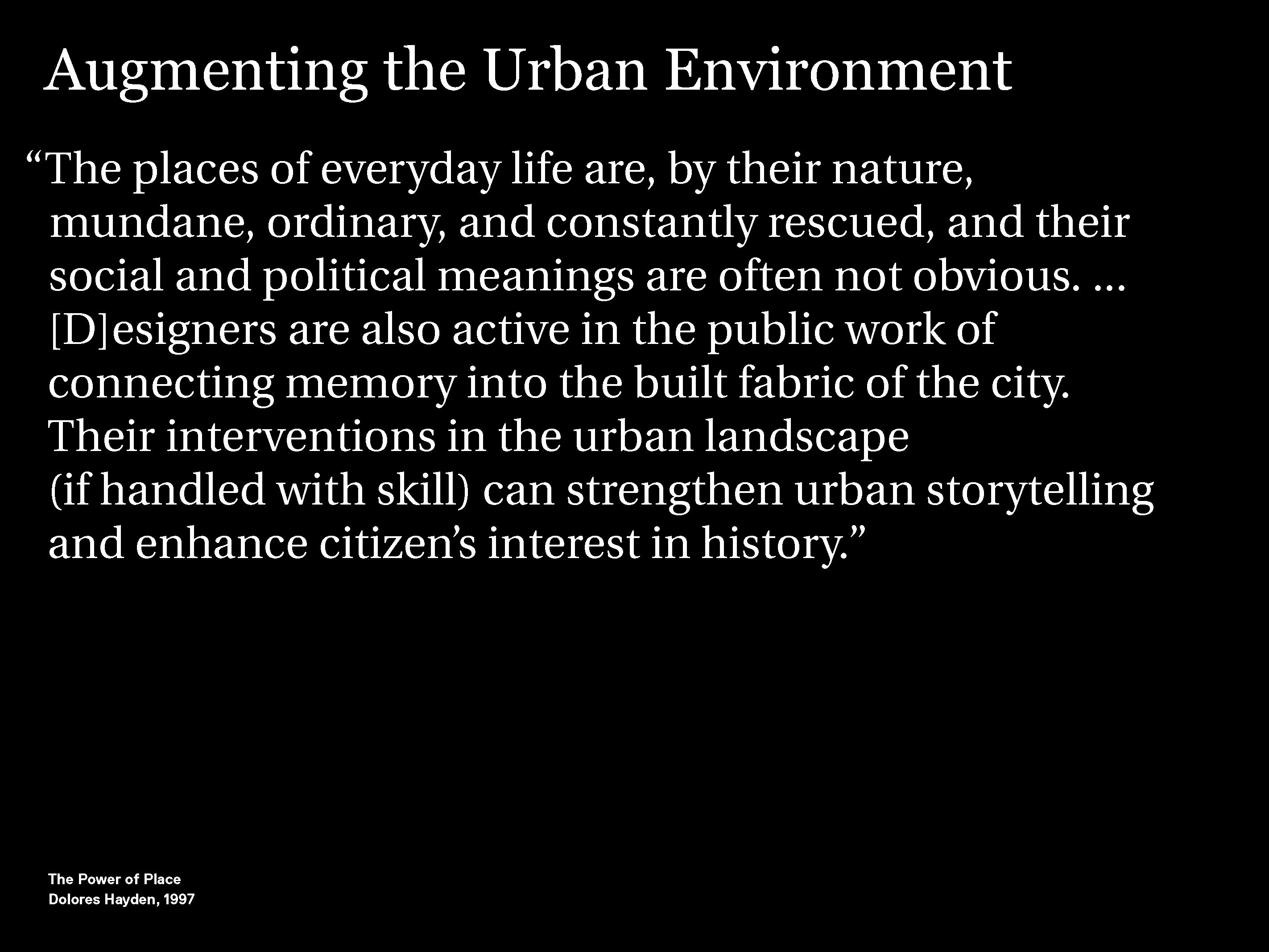
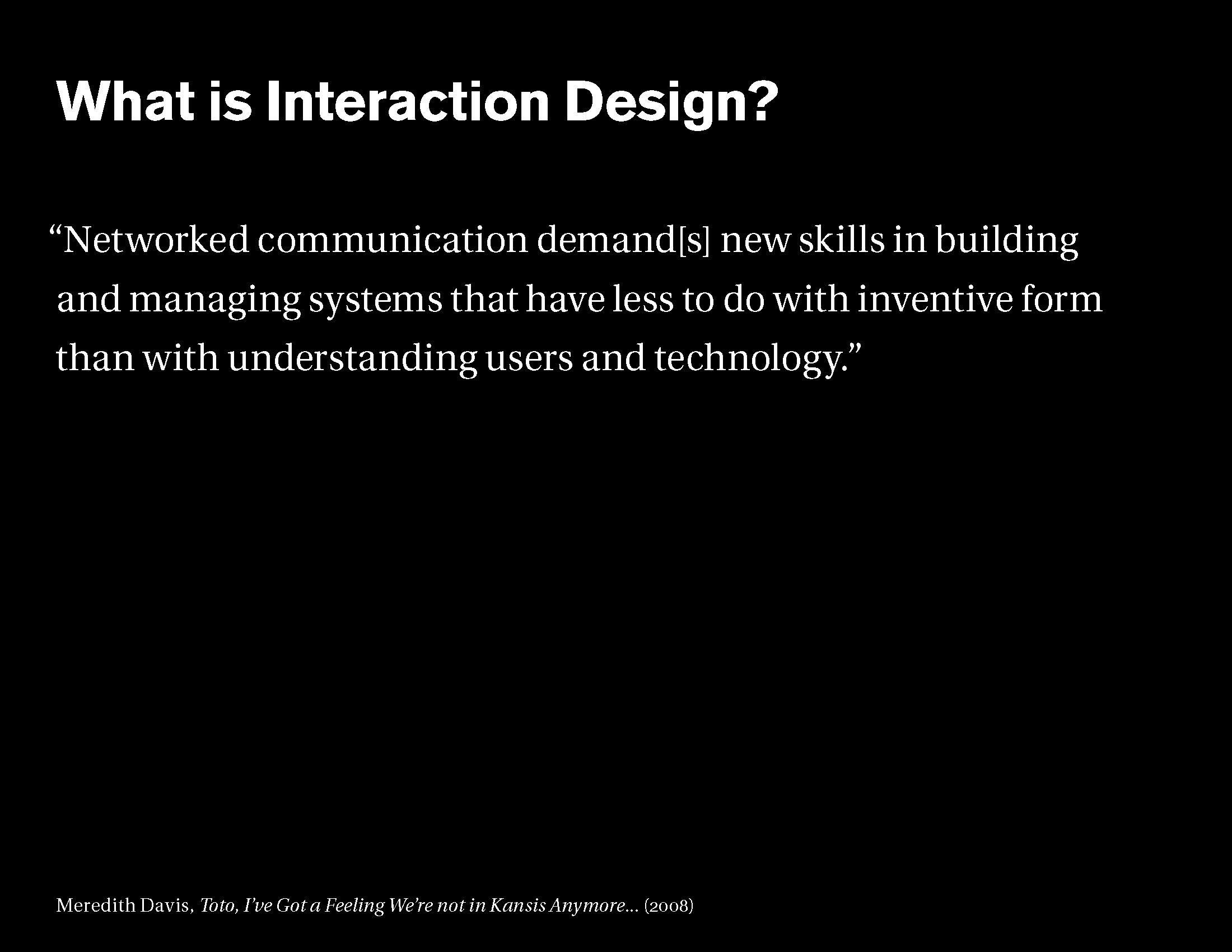
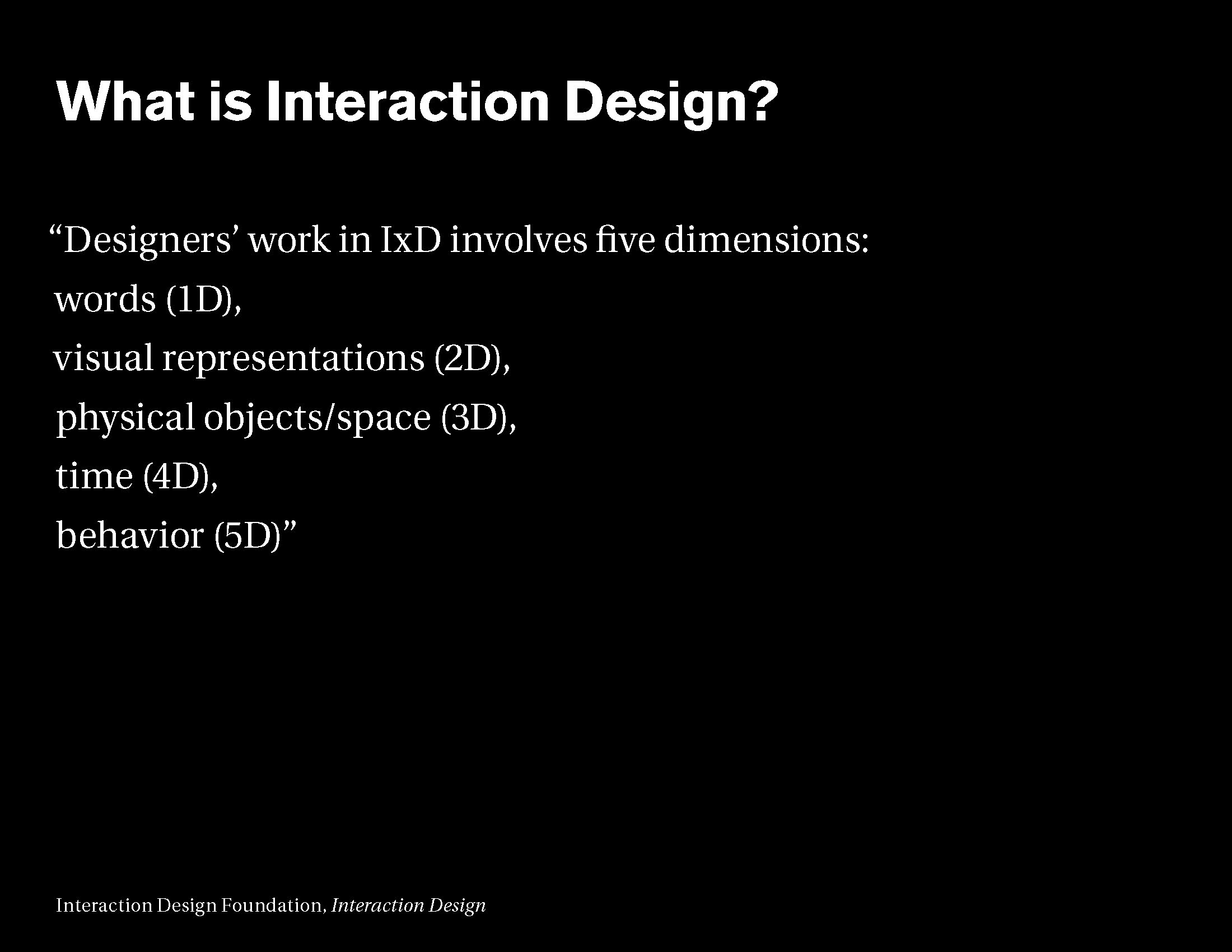
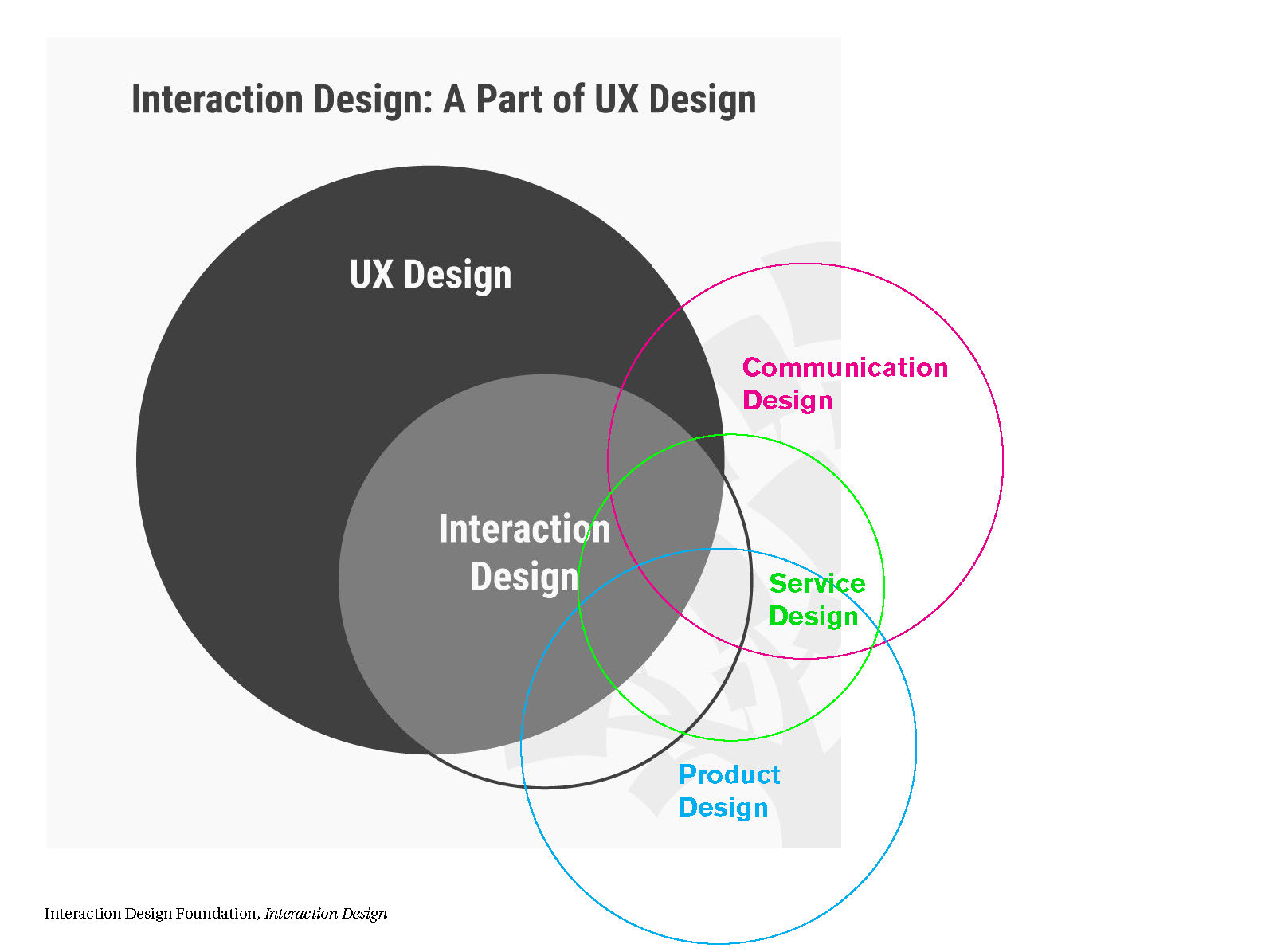
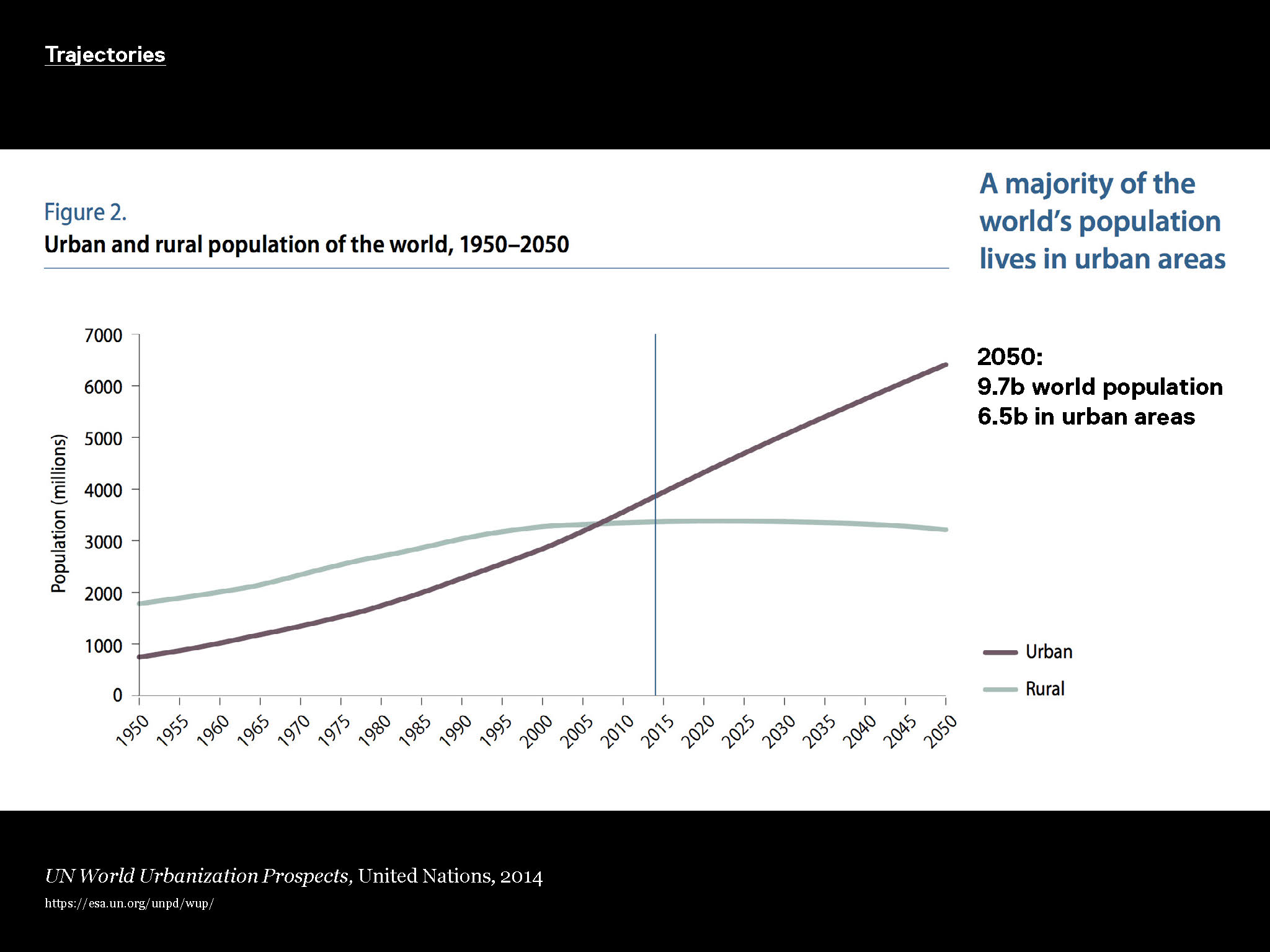
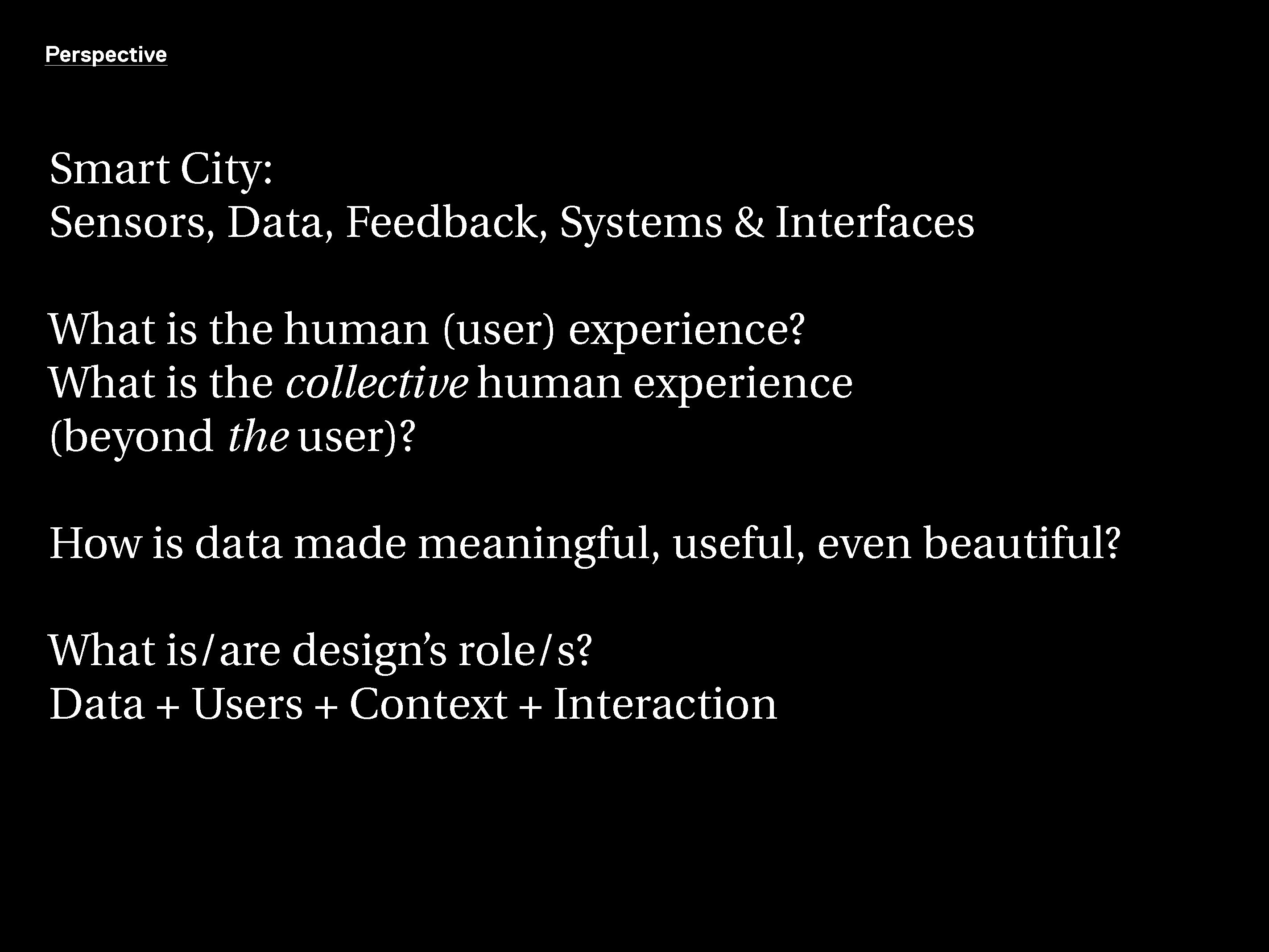
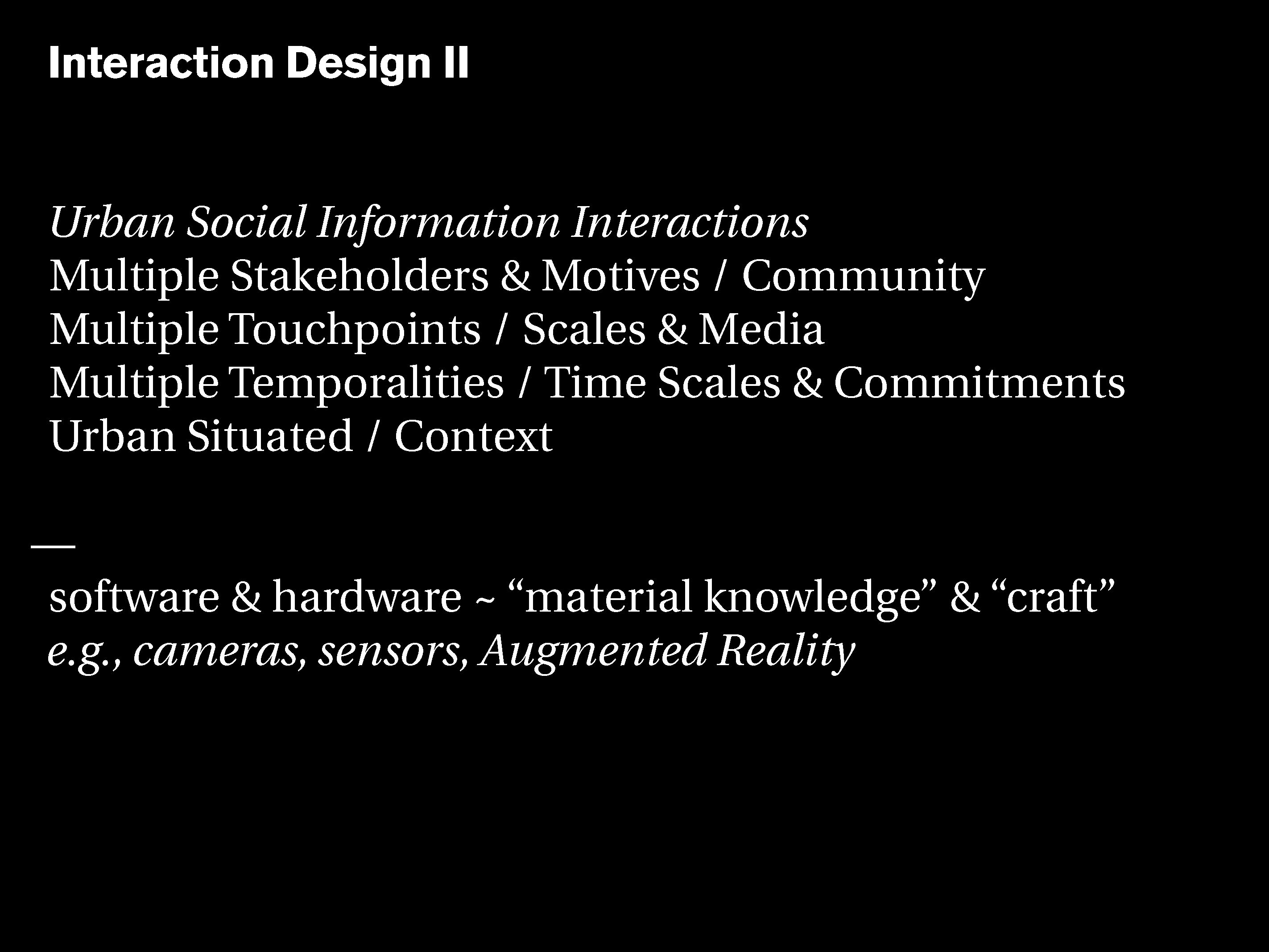
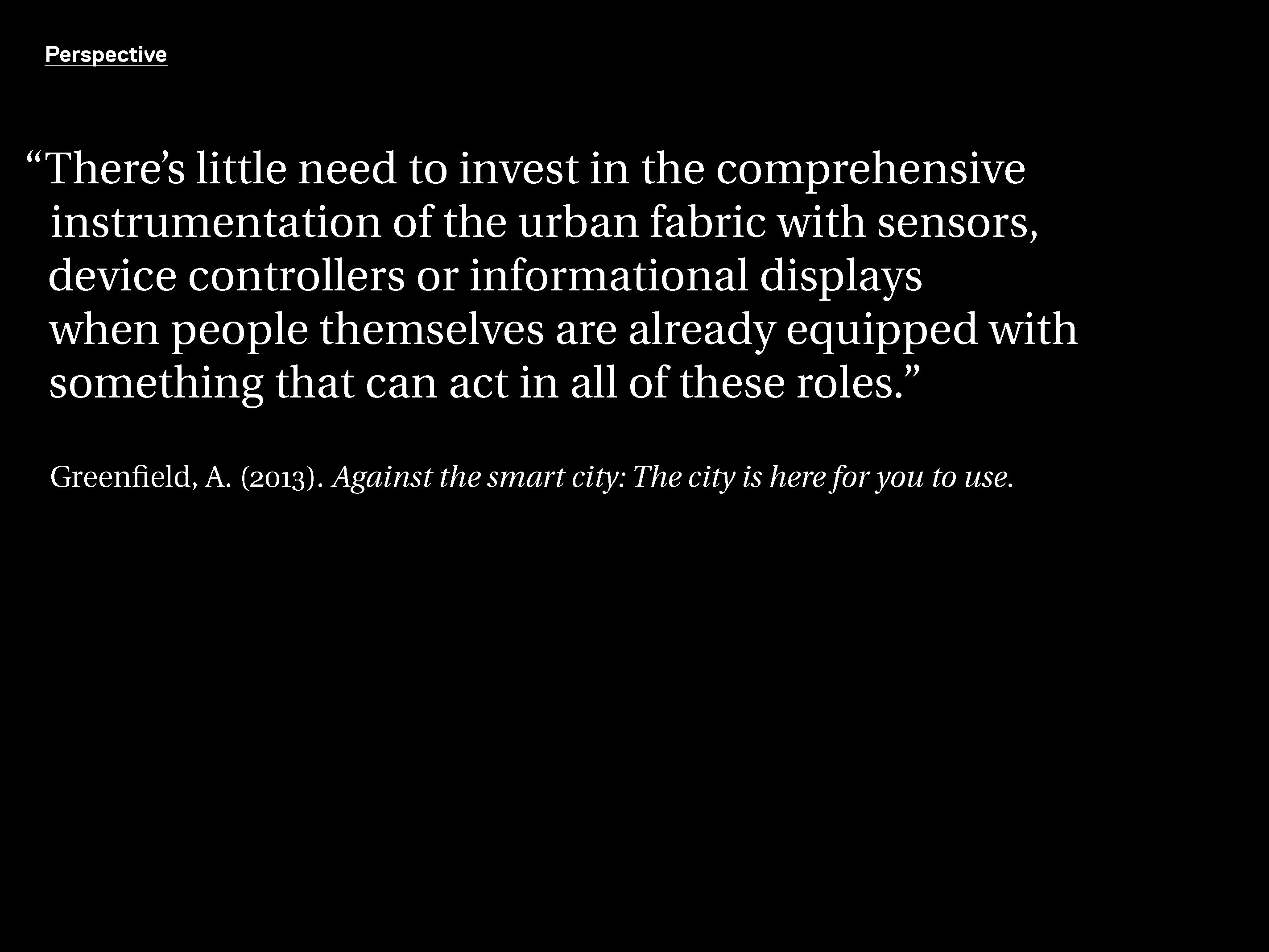
CURRICULUM DEVELOPMENT / 2019–2020
Undergraduate Interaction Design Studio for Communication Design Students, University of Cincinnati. Curriculum developed & co-taught with Adetokunbo Ayoade
We don’t have a well-mapped process for UX/UI design in Augmented Reality. The ways in which the physical environment, screen space, GUI, and bodily movements or gestues interact go way past our understanding of a (still) relatively linear model of UX/UI that was built on the presumption that peolple are looking at and intearcting with screens.
In an attempt to confront this gap, Adetokunbo Ayoade and I set out to create a course on UX/UI for AR for undergrad communication design students. Through a combination of research methods, skill development (with tools like reality composer), and new approaches to low-fidelity prototyping, we attempted to make AR a new kind of design material for thinking about interaction. Of course, the “environment” we had in mind was the city itself. The goal was “Augmenting the Urban Environment.”
In addition to the UX/UI and AR aspects of the course, it was a chance to explore “urban technologies” as a broad and historical concept. We looked at practices such as the shapes carved in shutters in medevial Europe to alert the villagers of an unwed daughter in the home, the “da zi bao” or “big word poster” phenomenon during China’s Cultural Revolution, the way the da zi bao inspired American designer-activsts Group Material in their work called “Democracy Wall,” and various other analogue, low-tech, or ground-up approaches to making the city a medium of communication and exchange for its residents outside centralized or externally governed infrastructures.
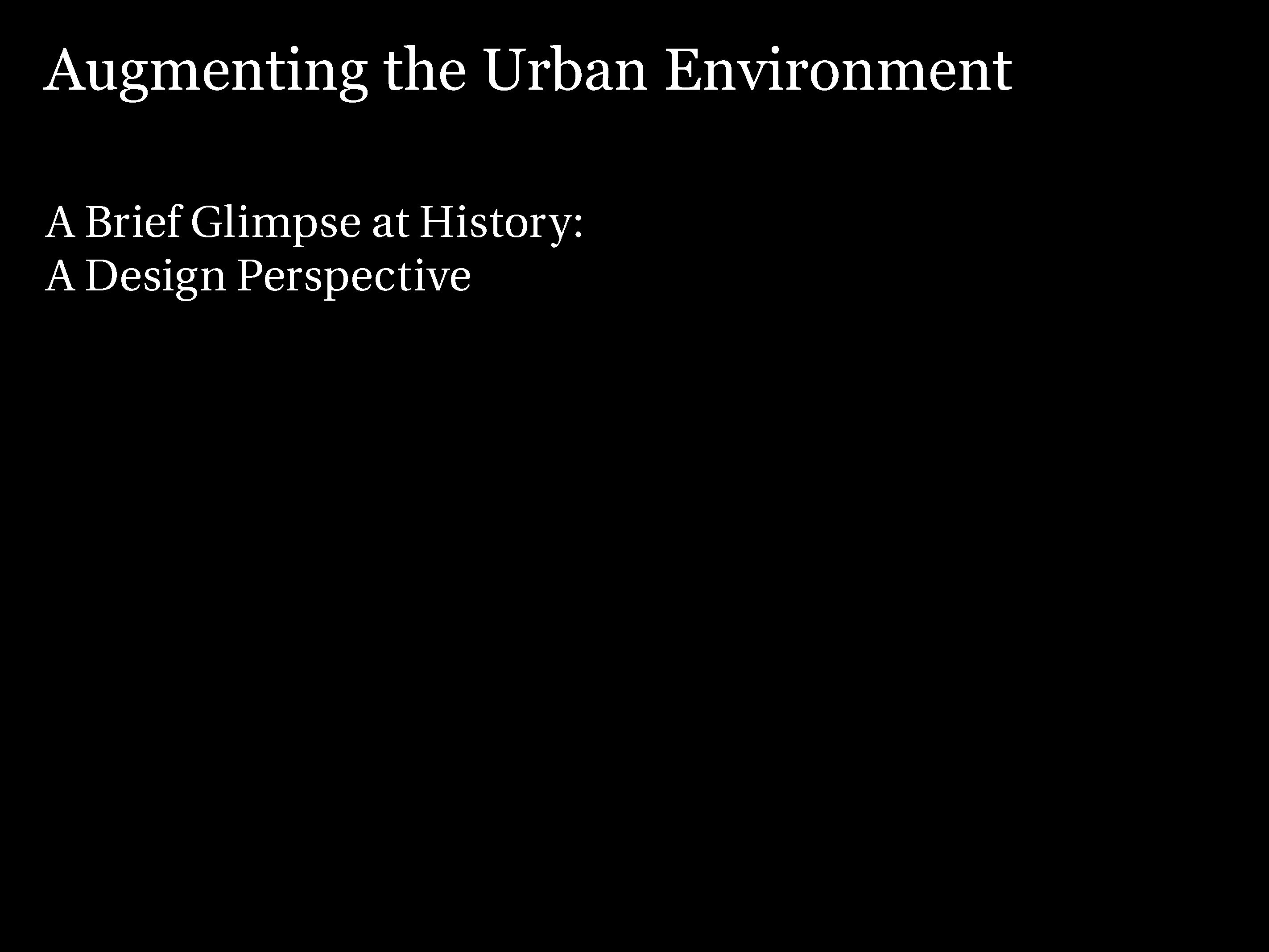

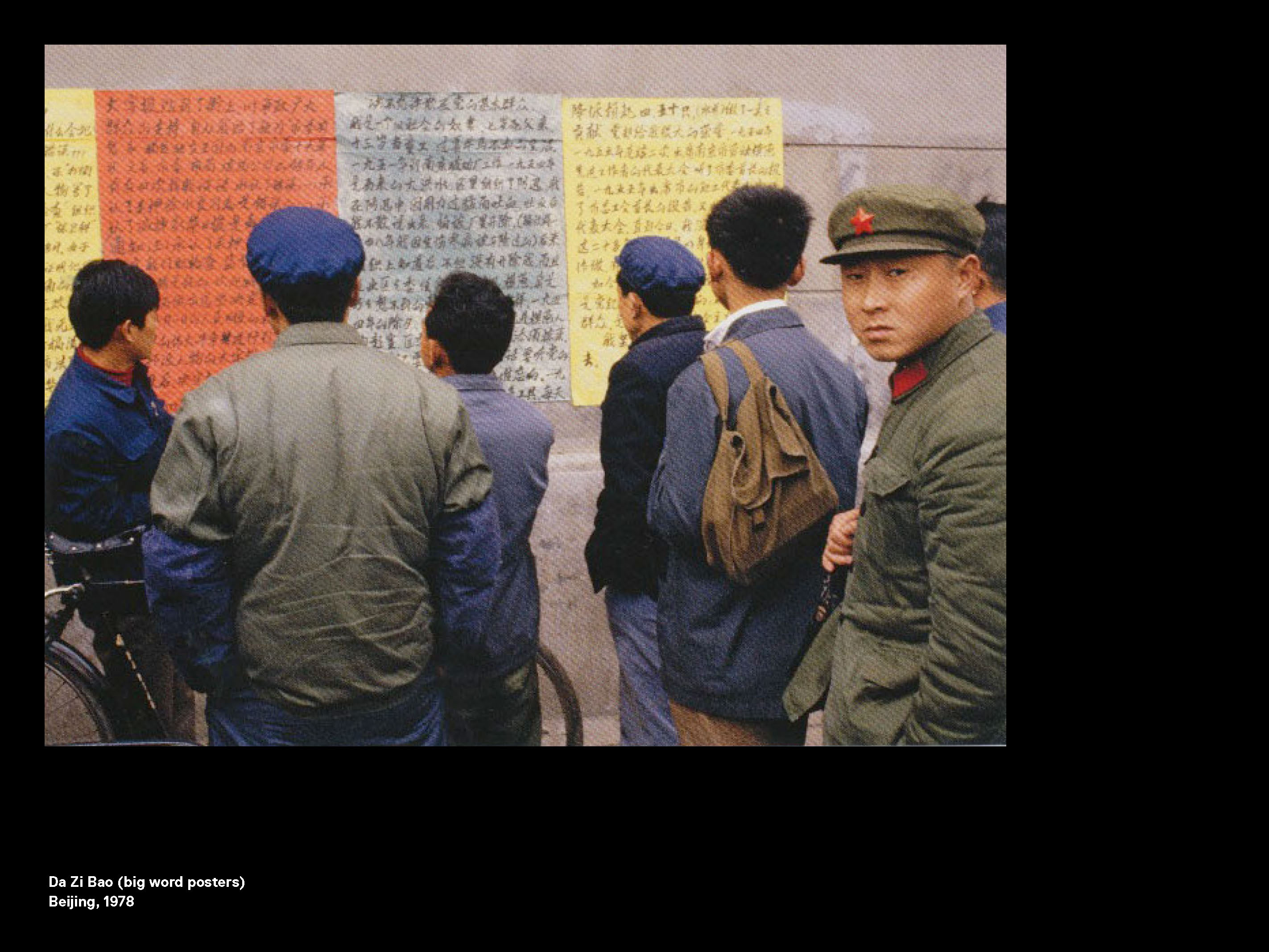
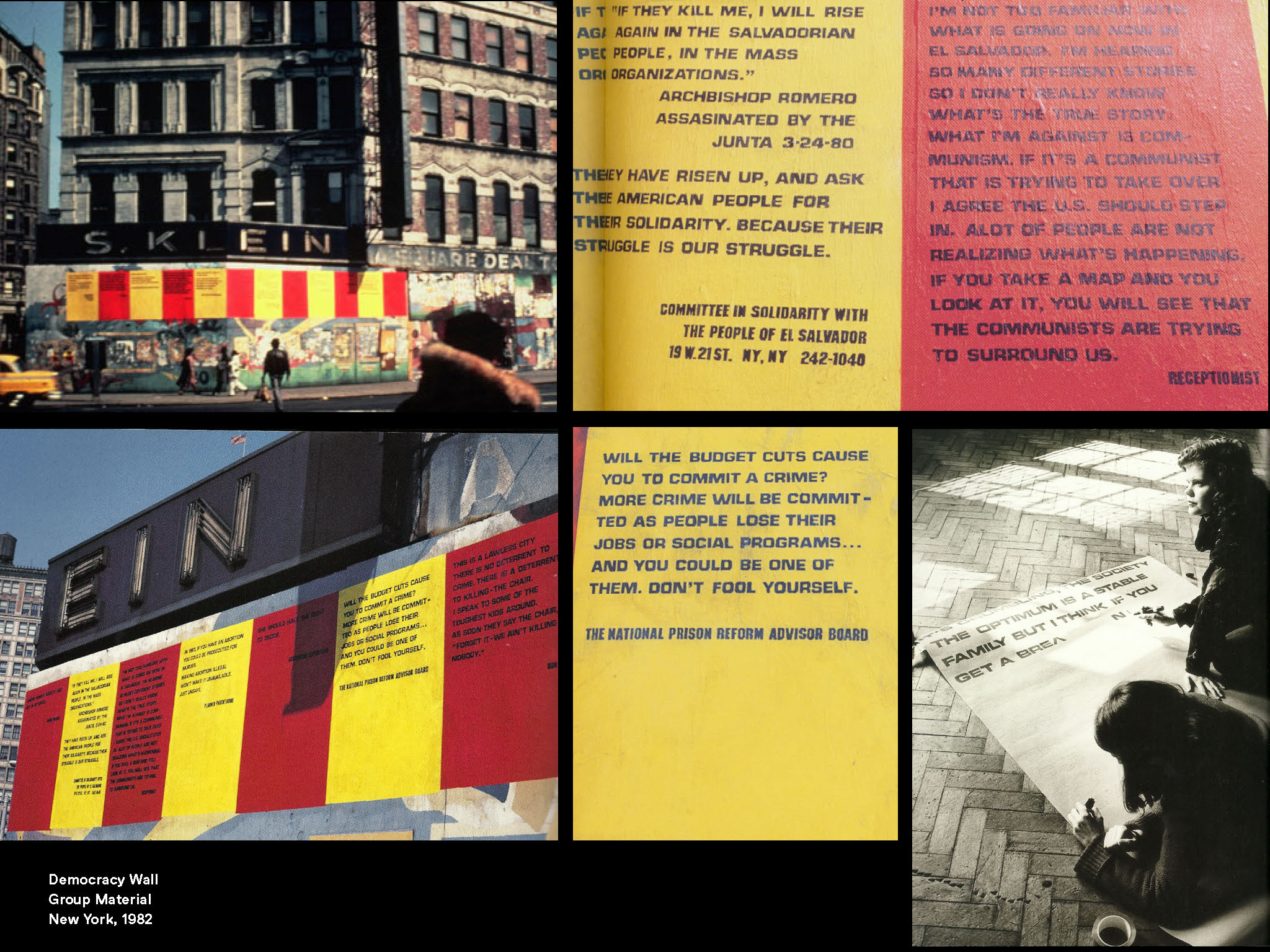
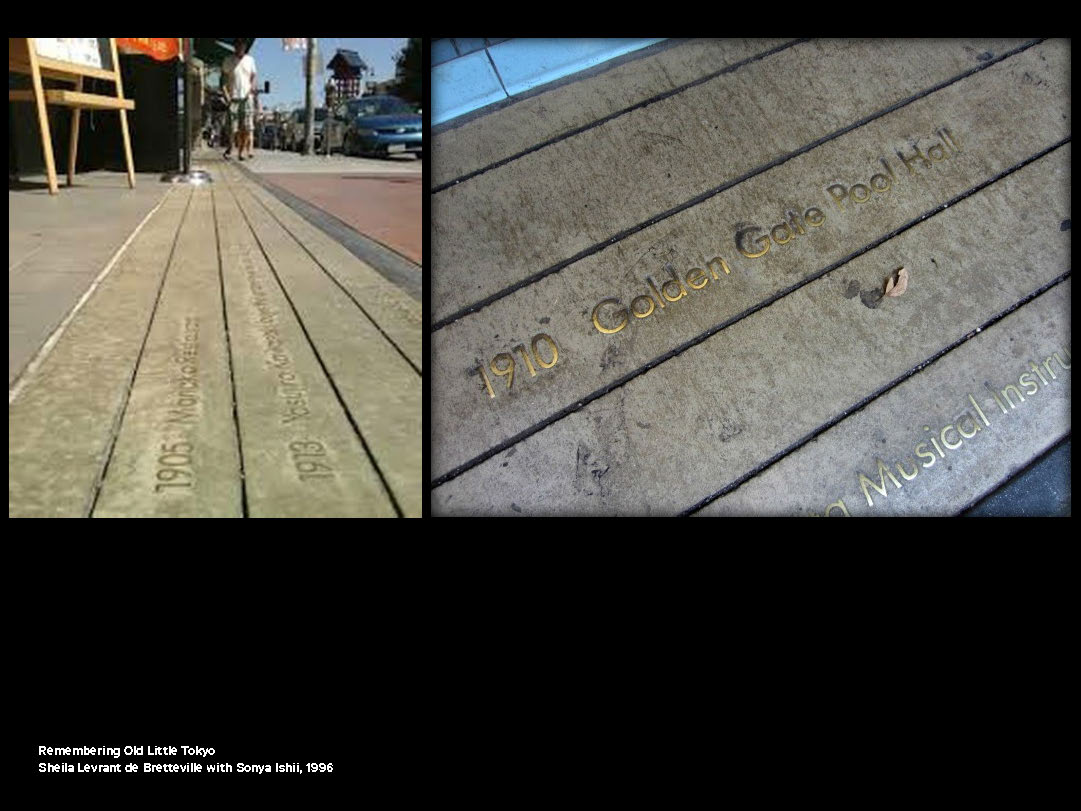
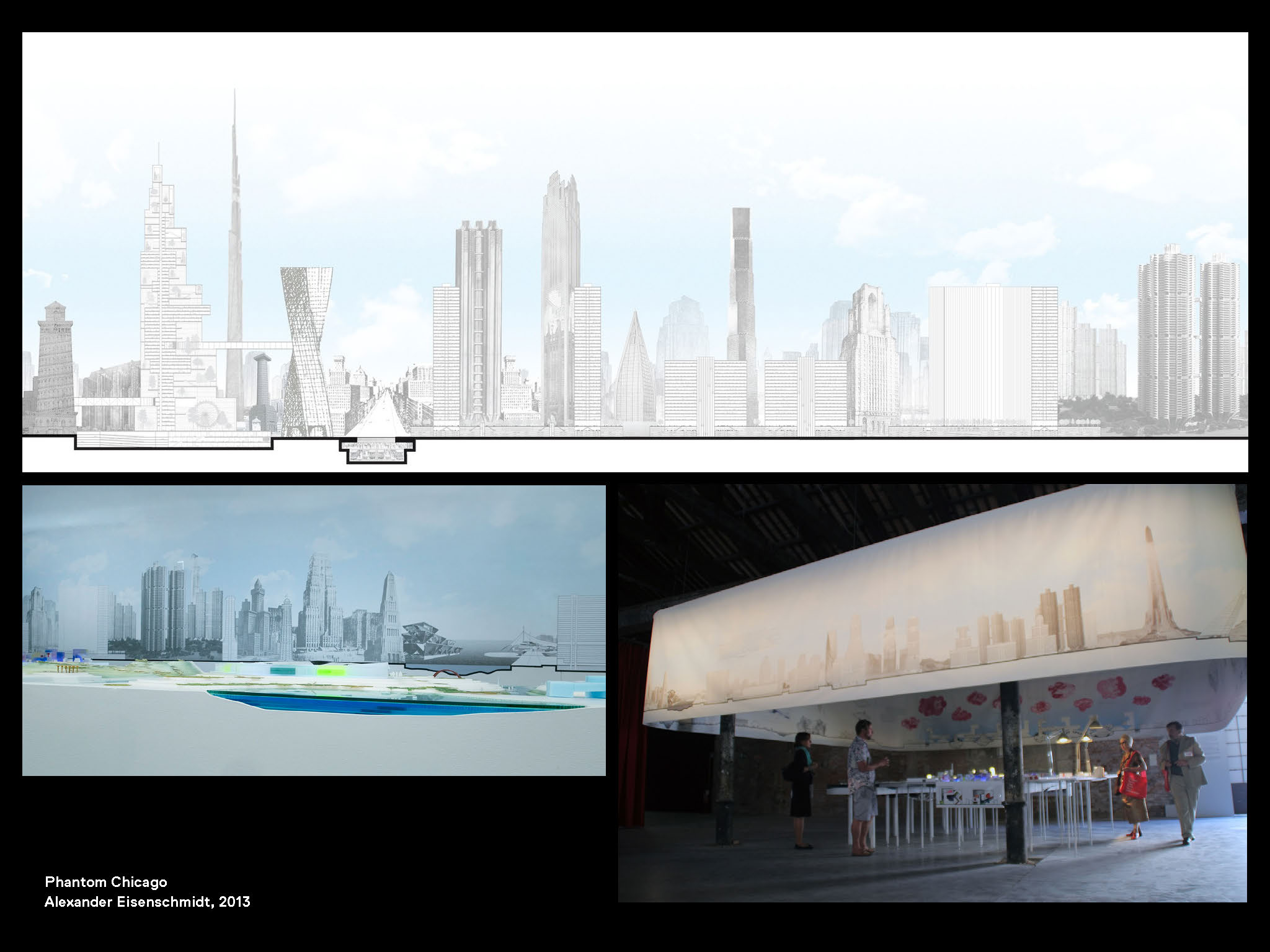
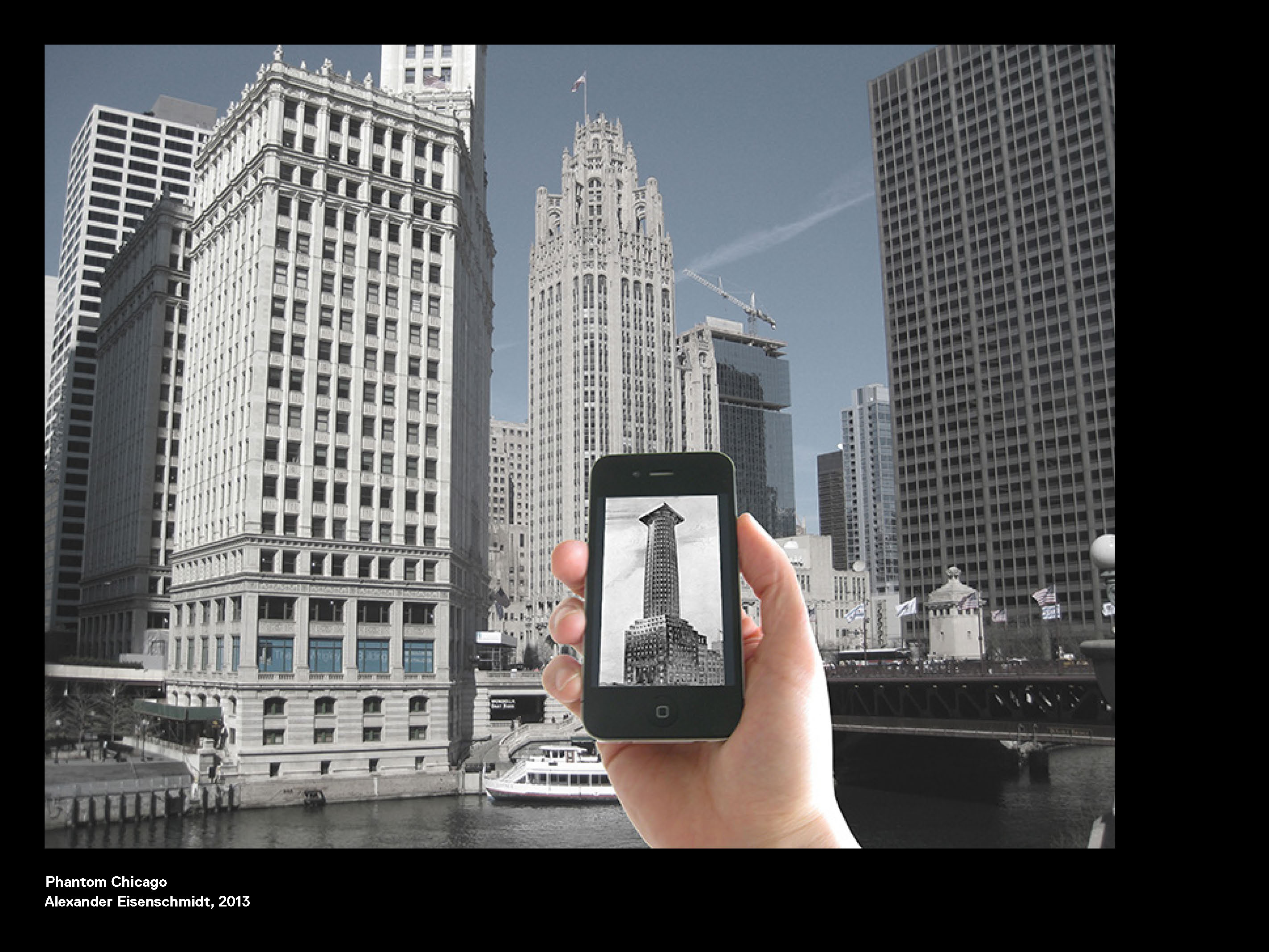
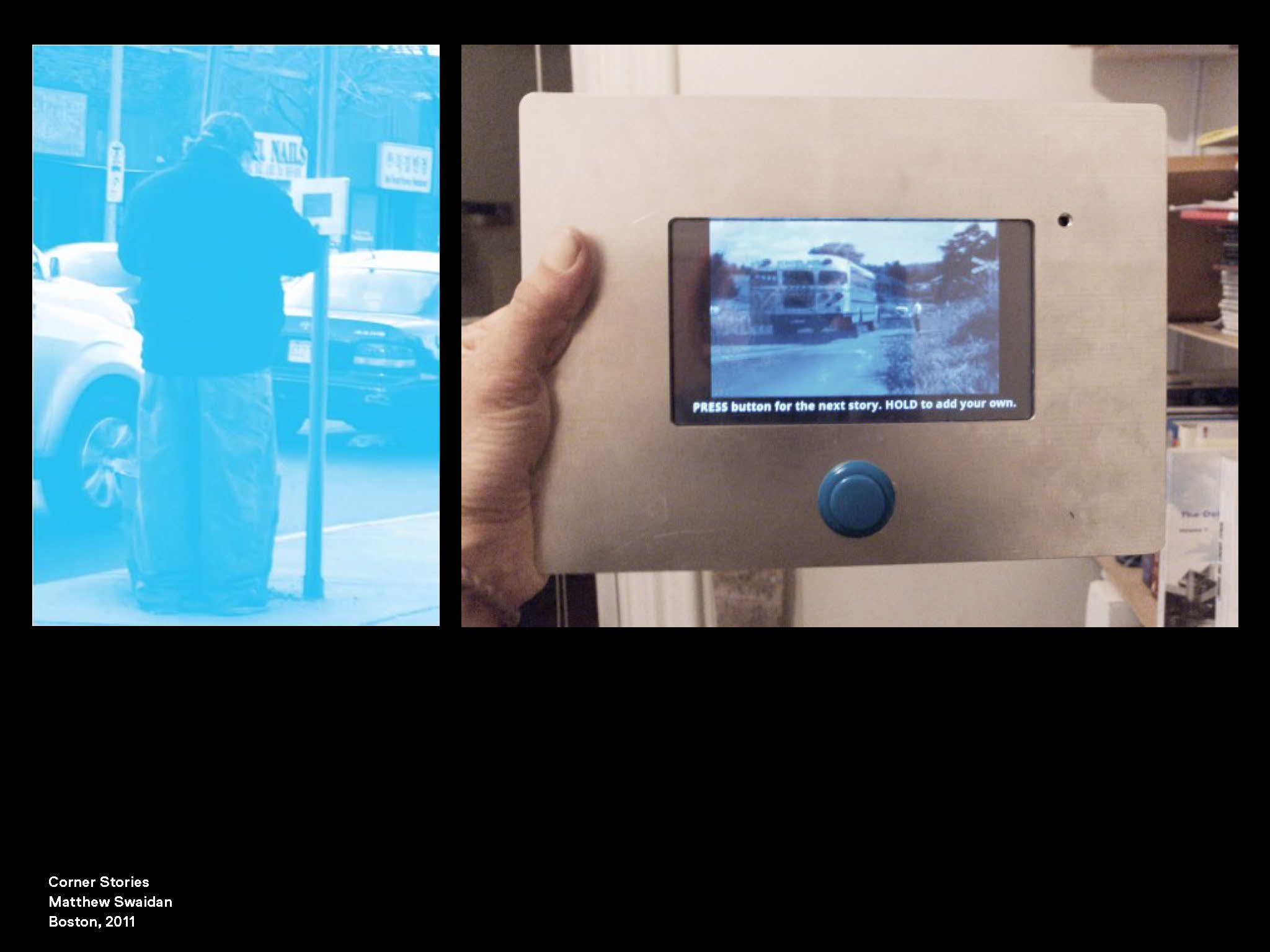

Given the ambition of the class, final projects were at the scale of small but functional prototypes. The emphasis was on understanding how physical context, data of various, and the interaction paradigm of AR could come together in a feasible project to reimainge the city.
Akshat Srivastava transformed the “driving infrastructure” of the city into a pedestrian’s musical playground. The ubiquitous octagonal STOP sign creates the structure for an eight-part harmonic instrument. Write and record at a given STOP sign, and it will be “saved” (via geo data) so other can come along to listen and/or collaborate.
Ben Koch took an iconic location on Cincinnati’s riverfront to engage visitors in the city’s long and often contested history. As the easiest passage across the Ohio River, this point was a well-trodden passage for the Underground Railroad—among other historical intrigues. A collonade of tress provides the physical infrastructure for a multi-media and multi-dimensional excursion into history.
Anoosha Baxi sought to augment the many and diverse, small local eateries near campus. Students have choices, but students also have tight budgets. Baxi’s project demonstrates one of the primary challenges of designing for AR, which is toggling between “world space” and “screen space”; knowing when to maximize use of the camera feed AR experience, when to transition to a screen-based GUI experience, and how to transition between the two.
RELATED PUBLICATIONS
Wizinsky, M. & Ayoade, A. (2020) “The Long Now: Site-specific interactive environmental data objects in augmented reality.” ACM Conference Proceedings of NordiCHI 2020.